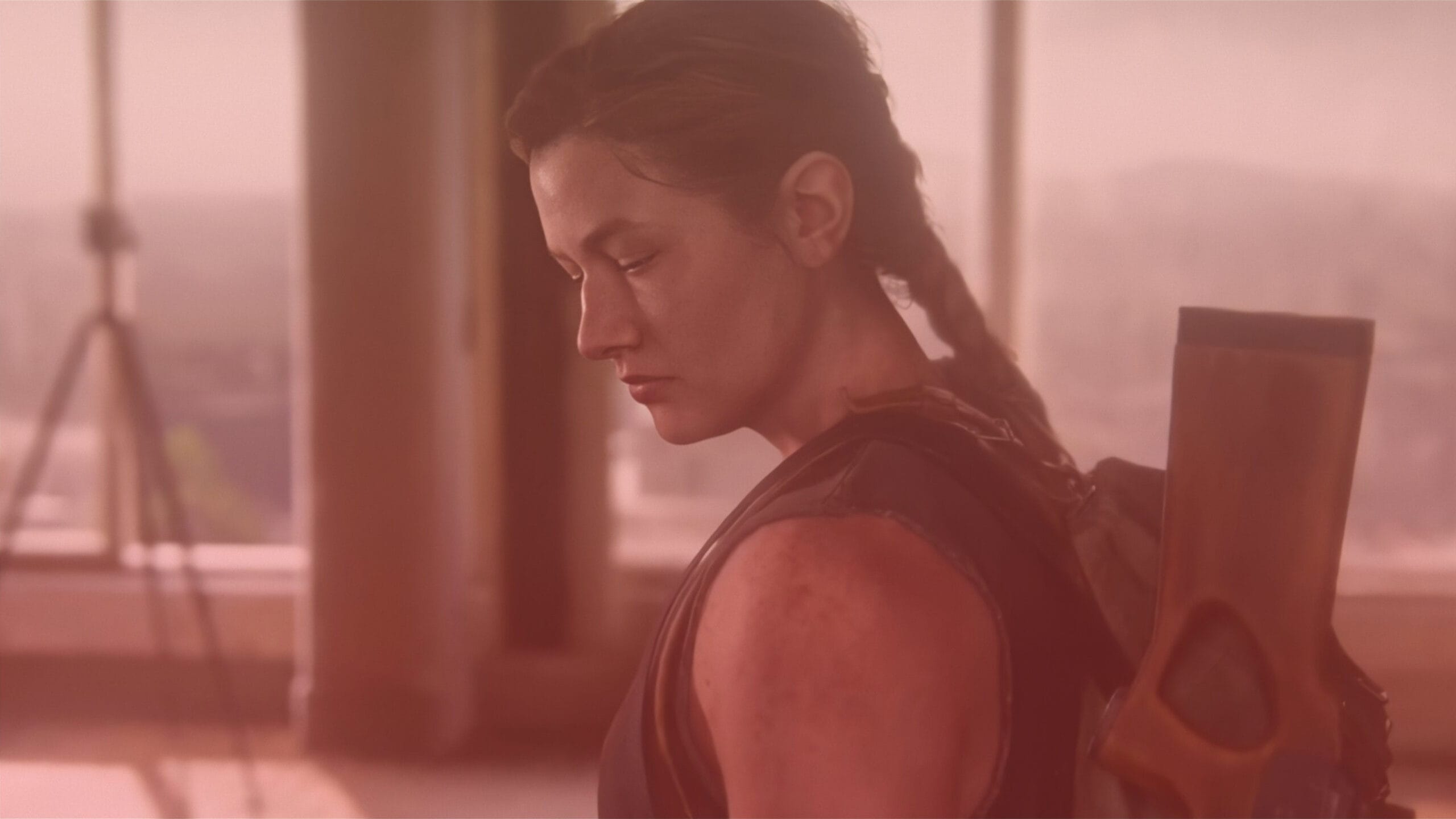The Last of Us featured unrivalled narrative video game design for its time, and set the bar for what is possible in modern videos games. Surprisingly, its sequel took it one step further and elevated it to one of the most masterful pieces of narrative art currently available in video games. Like all great things, however, it also served its purpose as the ultimate undoing of what came before. “Perfectly balanced”, as Thanos would say. The Last of Us Part II released in 2020 – smack-dab in the middle of the second wave of an unprecedented pandemic whereby a piece or two had to be cut from the game. These “Lost Levels”, along with new accessibility features, graphical enhancements, and more, are finally seeing the light of day with The Last of Us Part II Remastered. The thing is, with just over three years separating the game’s debut and its remaster, players and fans alike have hardly been afforded the opportunity to let the game simmer. The result is a curious one, where the truthfully ‘minor’ jump to the PlayStation 5 raises one important question: “Why”?

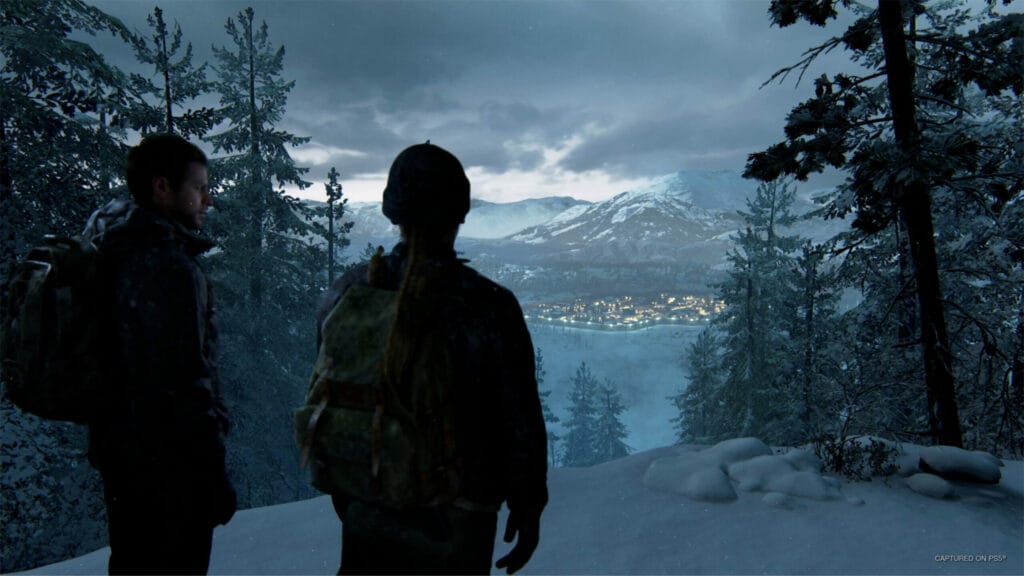
For the initiated, The Last of Us Part II can be described as both the antithesis of picturesque storytelling, as well as one of the decade’s most divisive sequels. It follows five years after the harrowing events from The Last of Us Part I (formerly The Last of Us), in which beloved protagonist Joel “rescued” Ellie from the very people she had been told would save the world. The unspeakable horrors Joel has committed in his past, and the enemies he made along the way, were nothing compared to the personal lives he affected on that specific day, and The Last of Us Part II addresses those very consequences directly. Players take on the role of Ellie for the first half of the game as she embarks on a journey of vengeance, wrought by someone she did not even know existed: Abby – the other playable character throughout the second half of the game.
For what it is worth, the Remaster is an exceptional title made better by the enhancements the original has received. The game features the same expansive crafting, deep-rooted narrative and heart-wrenching plot, and exceptional graphics from its 2020 PlayStation 4 release. The question posed at the start of the review is simple: Why? Well, The Last of Us Part II Remastered has received the official PlayStation 5 badge on its thumbnail, along with an ugly orange “REMASTERED” stamp to ensure gamers know which version is being launched. Of course, the badge alone is not the sole reason for this “update”.
“Enhanced graphics” are one of the mainline additions featured on all marketing material for this version of the title. The remastered variant offers two graphical modes: Quality, which favours native 4K resolution and supplies a locked 30 frames per second; or Performance, which favours an upscaled 4K resolution instead, along with a smoothed 60 frame target. With that said, The Last of Us Part II Remastered’s increased texture resolution, level of detail distance, shadow quality and animation sampling rate adjustments; simply do very little in comparison to the PlayStation 4 version running on the PlayStation 5 in backwards compatibility mode. The game pushed the PlayStation 4 to its limits, and visually still very much holds up to more modern exclusives. While these ‘changes’ are nice to have, the truth is these enhancements are hardly noticeable, even when comparing directly, with two Ultra-High Resolution monitors side by side.
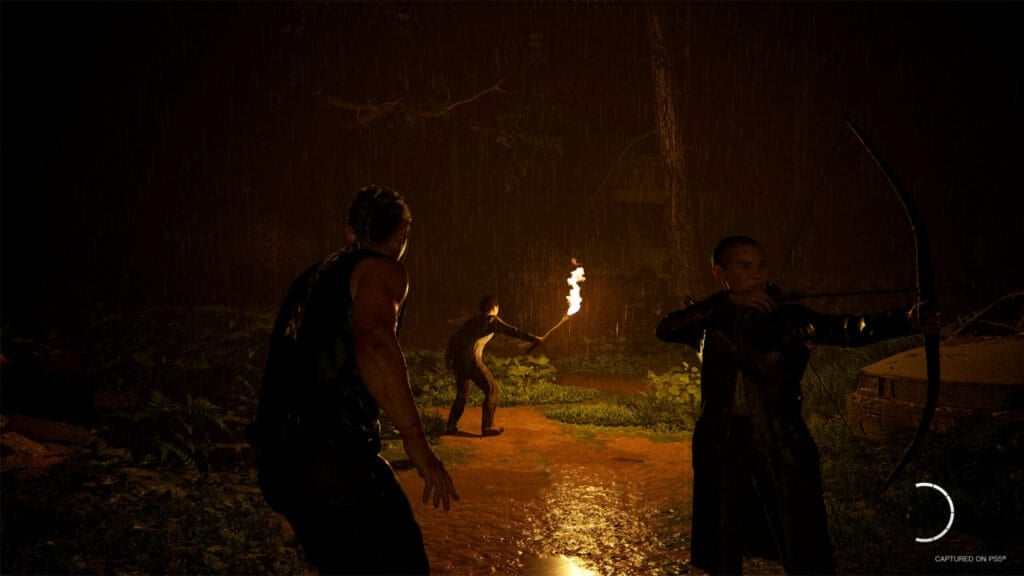
The minor visual ‘upgrades’ aside, playable content is possibly another reason why fans may opt to upgrade. The Last of Us Part II Remastered includes three levels previously cut from the original. These “Lost Levels” have not been completed in the three years since the original release, and neither have they been incorporated into the game in a thoughtful and meaningful way. What is new, however, is a developer commentary track! Players who wish to explore them, will also be met with developer commentary wherever they decide to go while playing as either Ellie or Abby. While this is without a doubt another “nice to have” addition to the game, it is deeply disappointing to learn how Naughty Dog spent three years “remastering” what is possibly one of their greatest games ever, and all they could do in terms of finishing the cut content was to sit back and record what could, perhaps, be 90 minutes of commentary about how they wanted to, and failed, to deliver the levels at launch. Beyond the lost levels, Naughty Dog have also included a developer commentary track for the game proper. This means players who opt in, will be fed occasional tidbits of how much the developers loved and/or hated working on certain aspects of the campaign and the levels contained therein.
Beyond “Lost Levels” and commentary tracks, another major addition to this new version comes by way of a brand new game mode. ‘No Return’ is a single-player roguelike survival mode unique to The Last of Us Part II Remastered. It allows players to survive waves of randomised encounters in familiar spaces from the game’s main campaign. These include the Channel 13 News Station, Jackson, and even the Dinosaur Museum — the idea is to catch players off guard with twists and turns within areas they think they know, and it mostly works: No Return is fun… if you like losing any and all progress the moment you die.
Since it is a Roguelike game mode, players will lose all weapons, items, and upgrades they have amassed during their session. Similarly, all scenarios will be randomised all over again in order to ensure no two runs are ever exactly the same. No Return offers four main types of challenge at launch – Assault, Capture, Holdout, and Hunted – which are in all honesty just minor iterations on each other. What is major, however, is how players can unlock new playable characters beyond just Ellie and Abby! Unlocking Joel or Tommy is easy as pie (and also expected), however other unlockable characters include Dina, Jessie, Lev, and even Yara, amongst others. Furthermore, every character has their own unique traits, meaning it is worth exploring what they bring to the table and discovering their playstyles. Lev is fast and nimble compared to many of the others, but does not stack up to the pure raw power held by either Joel or Abby, for instance. Finding the right match is truly one of the more exhilarating aspects of this unique game mode.

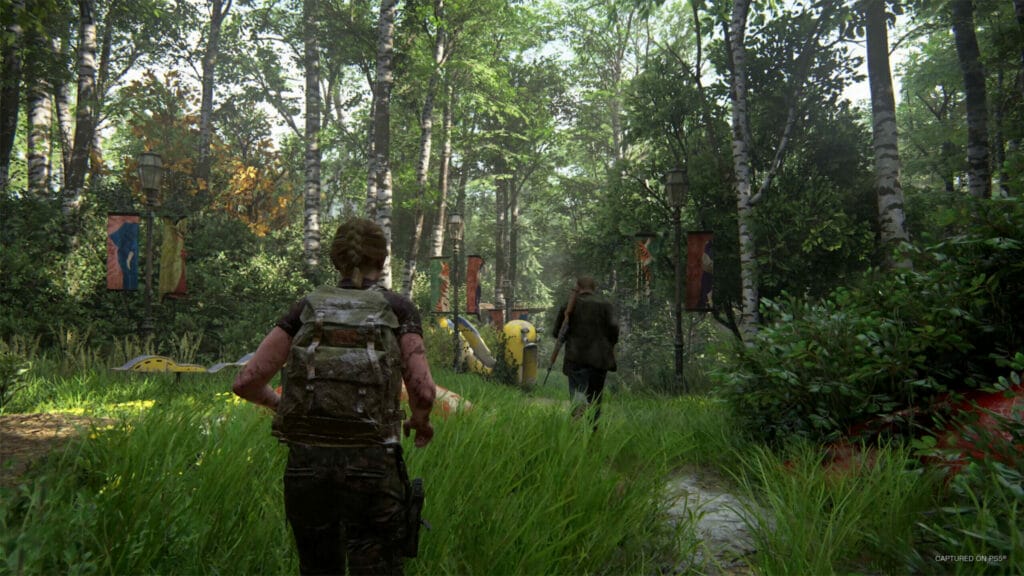
If a run in No Return ends up being successful, players (as any of their unlockable characters) will find themselves face to face with one of six unlockable bosses. These bosses offer an even more exciting challenge beyond the run that came before, however harrowing and/or tedious it may have been. Beat the boss, and unlock unique resources necessary to upgrade characters even further. It may even unlock new skins for favourite characters (such as a space suit for Ellie, or WLF gear for Abby). It also culminates in a score and a rank based on player performance, meaning players can brag to their friends about how sweaty they may or may not be.
No Return is, without a doubt the biggest and best addition to The Last of Us Part II Remastered, but there is one other mode worth noting: Guitar Free Play – and it is glorious (provided gamers have an inkling of rhythm and rhyme). This mode features renowned composer Gustavo Santaolalla as the playable character and it even lets players play the banjo! It essentially doubles down on the numerous TikTok, Instagram Reels, and YouTube videos born from players and fans after the original version released in 2020. The difference now, however, is how players can choose where they are playing, and can play for an indefinite amount of time with all available chords and keys on their chosen instrument. It really does not do much for the game in the long run, but it definitely adds to the overall package.
Sony may not be the poster child of ethical pricing, but it most certainly has learned a thing or two from previous releases (such as Marvel’s Spider-Man Remastered for PC and Final Fantasy VII Remake Intergrade). Owners of The Last of Us Part II can follow a natural upgrade path to The Last of Us Part II Remastered for $10 USD. Similarly, buying the game for your current platform (whether it be PlayStation 4 or 5) is much more clear cut than ever before, with the PlayStation 5 version automatically allowing backwards compatibility with PlayStation 4. While a wonderful step in the right direction, it still fails to answer the question of “why” — at least the Spider-Man remaster released on a whole new platform!

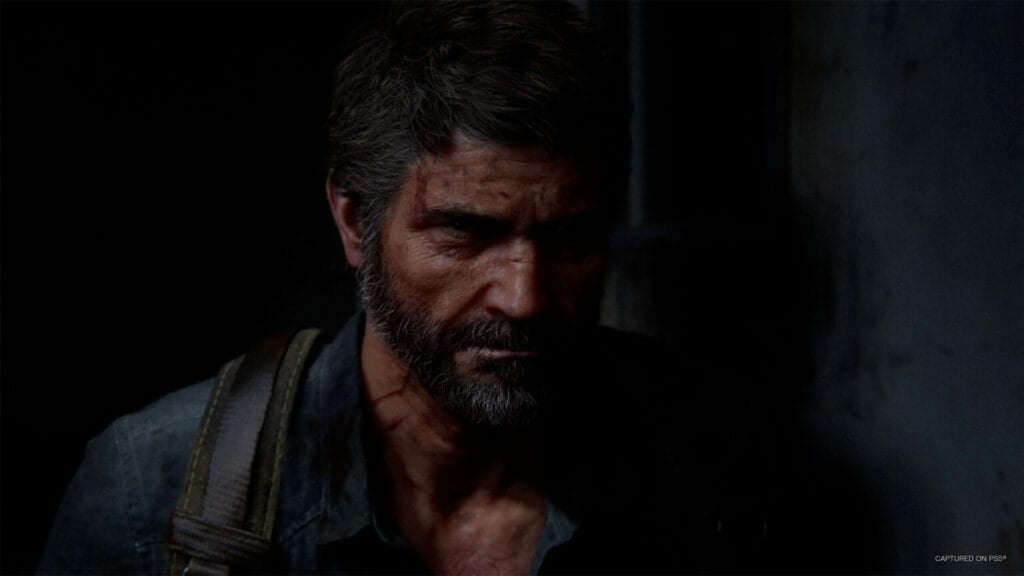
There is no question on whether Last of Us Part II Remastered brings several enhancements to an already acclaimed game, but the question of whether it is even worth the upgrade remains a nuanced one. The graphical improvements, while advertised prominently, might not be significant enough to justify the move, particularly for those already playing on a PlayStation 5. The inclusion of the “Lost Levels” and developer commentary adds some depth, but the lack of meaningful integration into the narrative raises concerns about the supposed three-year remastering process. No Return and Guitar Free Play most definitely act as marked inclusions, but do little to alleviate the depressing notions of how Naughty Dog could have spent the time doing something wholly different and new.
Whether one believes this remaster should exist or not; there is no question about the outstanding story present in The Last of Us Part II Remastered. It is a narrative absolutely deserving of being experienced by any and all. For newer gamers, this remaster is a no brainer. Whether it is worth upgrading for fans who have likely already experienced all the game truly has to offer, even at the low price point, however, makes the existence of this remaster no more than an average iteration of already available excellence.
Verdict:
AVERAGE
| PROS | CONS |
| The Last of Us Part II absolutely needs to be experienced | Graphical enhancements feel unnecessary and are nigh unnoticeable |
| No Return game mode is quite thorough | “Lost Levels” remain incomplete and have not been properly integrated into the game |
| Guitar Free Play is fun! |
Title reviewed on PlayStation 5 with code supplied by Sony Interactive.
Review Methodology | Ethics Policy
Junior Editor at Vamers. From Superman to Ironman; Bill Rizer to Sam Fisher and everything in-between, Edward loves it all. He is a Bachelor of Arts student and English Major specialising in Language and Literature. He is an avid writer and casual social networker with a flare for all things tech related.

